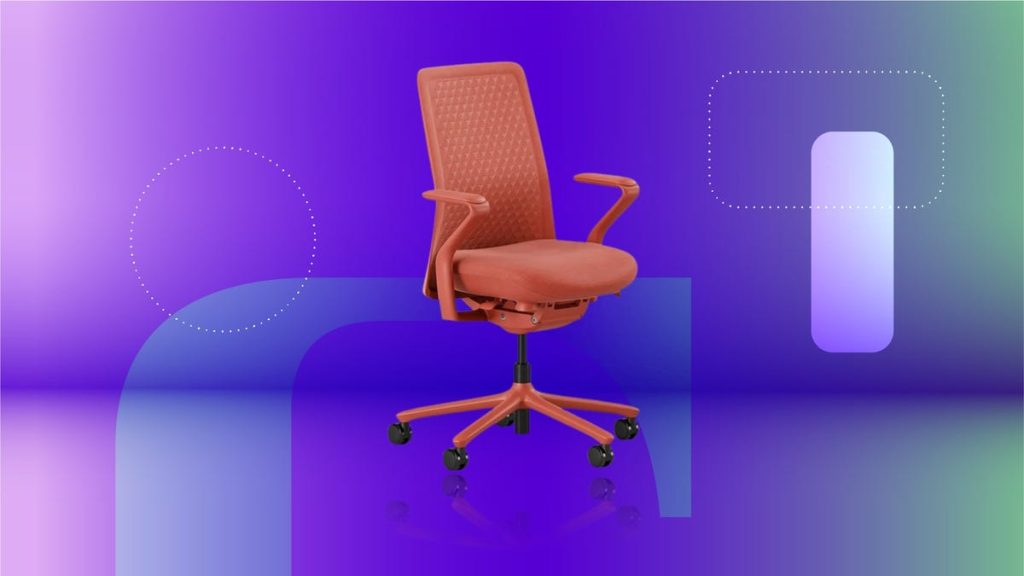Ergonomics is the science of work that applies to any activity, not just jobs, according to Gary Allread from Ohio State University. Allread and his team offer consultations to various workplaces, including manufacturing plants, and provide input on product design to ensure products interact well with people. A poorly set up work environment can lead to pain in the back, arms, hands, or wrists, causing discomfort, fidgeting, mistakes, and more breaks. This could result in long-term issues like tendonitis or carpal tunnel syndrome. Allread suggests sitting with your back against the chair and supporting your feet either on the floor or with a footrest to improve your posture and comfort.
If a chair lacks lumbar support, Allread recommends using a rolled-up towel as a lumbar cushion to maintain the back’s natural curve. Companies are now introducing different chair sizes to accommodate various body sizes, which is crucial when shopping for an ergonomic office chair with the best seat height and depth. Allread emphasizes the importance of considering multiple factors to improve comfort and productivity at work, rather than solely relying on a new chair to alleviate soreness. There are other aspects of the work environment that can contribute to comfort and productivity, so it’s important to explore all options when looking for the best office chair.
Proper chair posture is essential for preventing discomfort and pain while working. Sitting with your back against the chair and supporting your feet can help reduce strain on your body. Lumbar support is crucial for maintaining the natural curve of the back, and if your chair lacks this feature, using a rolled-up towel as a lumbar cushion is recommended. Additionally, companies are beginning to offer chairs in various sizes to accommodate different body types, which is beneficial for ensuring a comfortable and ergonomic workspace. By considering all these factors, individuals can create a more comfortable and productive work environment.
Incorporating ergonomic principles into various activities can help prevent discomfort and pain and improve overall well-being. Allread and his team provide consultations for workplaces to optimize the design of products and work environments to ensure they are conducive to human interaction and comfort. By implementing simple adjustments, such as sitting with proper posture and supporting the feet, individuals can reduce the risk of developing musculoskeletal issues like tendonitis or carpal tunnel syndrome. Investing in an ergonomic office chair with lumbar support and appropriate sizing can also contribute to a more comfortable and productive work experience.
To address discomfort and pain caused by a poorly set up work environment, individuals can make simple adjustments to improve their posture and prevent strain on the body. Using a footrest or sitting with the back against the chair can help reduce discomfort in the back, arms, hands, and wrists. Additionally, using a rolled-up towel as a makeshift lumbar cushion can provide the necessary support to maintain the back’s natural curve. Companies are also introducing chairs in varying sizes to accommodate different body types, which can improve comfort and productivity in the workplace. Overall, considering multiple factors, such as posture, lumbar support, and chair size, is key to creating a comfortable and ergonomic work environment.


